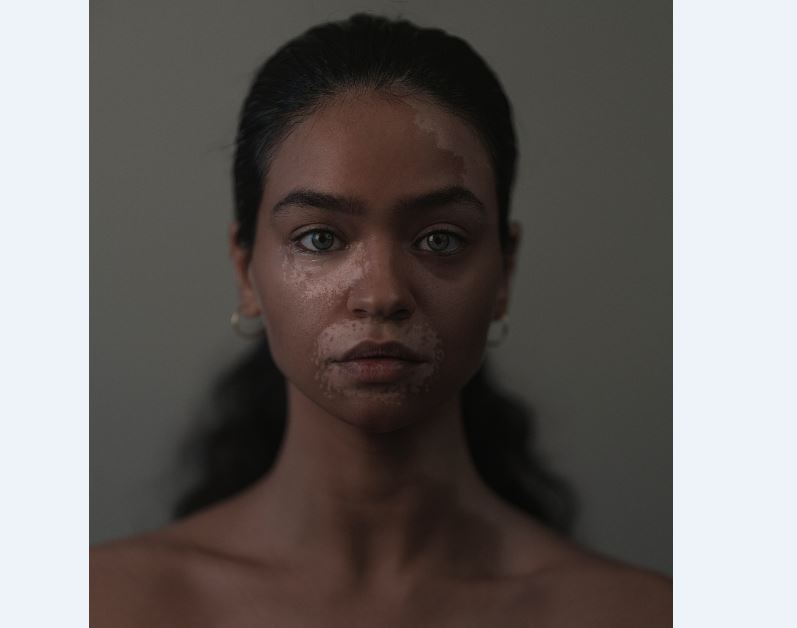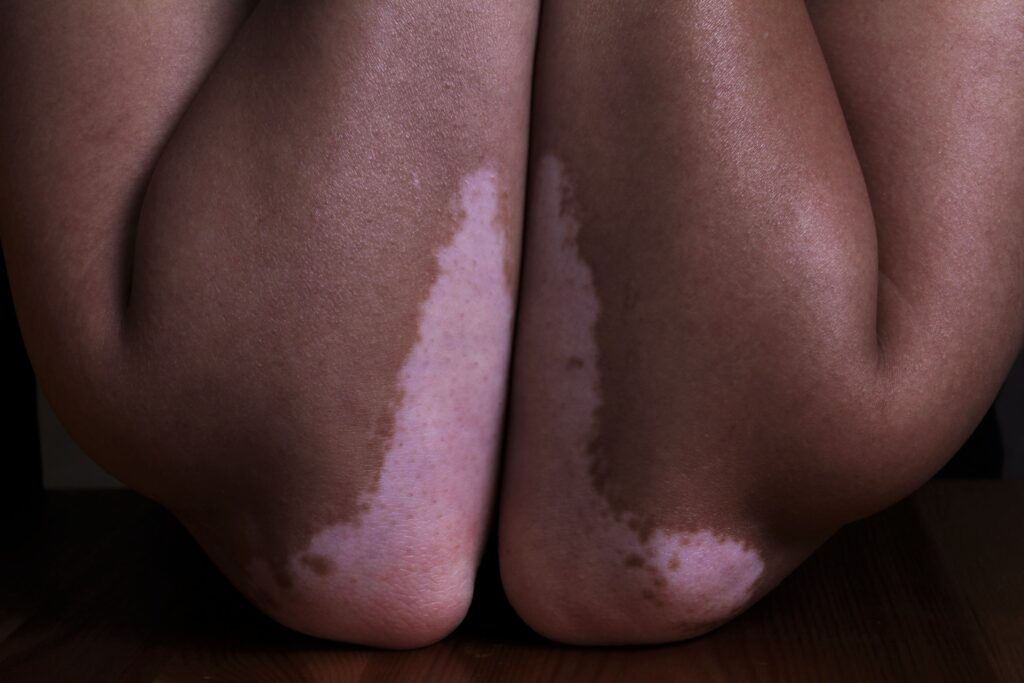
Getting a diagnosis of vitiligo is an incredibly scary thing. You may find it difficult to find information, and there are many sites offering “cures” for vitiligo. But even with these resources, you may still find yourself dealing with daily stares and intrusive stares. You may even find it difficult to form relationships. Here are some tips for dealing with the disease and how to avoid vitiligo from spreading.
Sun protection is important. Although sunscreen may not prevent the sun from burning you, wearing a hat or wearing sunglasses can help. Wearing sunscreen to exposed areas can also help prevent bad sunburn, which can worsen vitiligo.
Things to avoid with vitiligo
Avoid tanning beds and sun lamps. Exposure to ultraviolet rays will burn the skin and increase the chances of developing cancer cells. Avoid skin injuries and stay out of the sun during peak times.
Getting a diagnosis is only the beginning of treating vitiligo. It is possible to prevent spreading vitiligo by adjusting your lifestyle and eating habits. However, this treatment does not eliminate the symptoms and can take a long time to see results.
You must be patient in this process. The sooner you get a diagnosis, the better. The more information you have, the sooner you can start treatment.
There are two types of vitiligo. Inflammatory vitiligo is characterized by multiple white spots. The pink border is often itchy and subtle. In contrast, trichrome vitiligo consists of patches that have three colors instead of two.
One area is normal, while the other is hypopigmented. In addition to this, Confetti vitiligo is characterized by multiple white spots that cover all of the body.
What makes vitiligo worse?
The symptoms of vitiligo are often unpredictable. They can appear suddenly or gradually. Symptoms are usually noticeable on areas that have less pigmentation. Generally, vitiligo occurs on the face, knees, elbows, genitals, and back of the hands. While vitiligo affects both sexes equally, it can be more visible in people who are darker in skin.
One study found that patients who changed their diet to a gluten-free diet saw significant repigmentation and improved symptoms after nine months. It is possible that the food restriction triggered the improvement in the condition.
Dietary changes can reduce symptoms, but not cure vitiligo. Besides eating healthier, more diverse foods, patients with vitiligo should avoid processed foods and junk food. Drinking plenty of water can also help.
Despite its long-term effects, treatment for vitiligo is a key part of dealing with the condition. While corticosteroid creams can help regain skin color and reduce the symptoms, it may take months to show results.
If vitiligo is affecting the entire body, prescription corticosteroid pills can be prescribed to slow its progression. Another option is a melanocyte transplant. The process involves transferring melanocytes from skin with pigmentation into a depigmented area.
The use of alternative medicine and vitamins has also been studied. However, studies have been too small to draw any definitive conclusions. In addition, dermatologists recommend against trying unproven herbal remedies and vitamins to treat vitiligo.
Unless they have a solid medical reason, you should avoid relying on unproven natural treatments for vitiligo. It is best to seek medical treatment for any underlying condition.
Does vitiligo always spread?
Does vitiligo always spread? If so, what are the treatments for it? This is the question you’ve been wondering since you first noticed a few spots on your skin. While the initial symptoms may be small, the white spots may continue to spread over months.
You may see these spots on your hands, feet, face, or mucous membranes. There are several types of treatment. If you’re not sure how to treat your condition, speak to a doctor.
Vitiligo is a pigmentary disorder that affects any skin type and color. Men and women can develop it at any age, regardless of skin tone or gender. It is an autoimmune disease that affects approximately 2% of the population.
It’s thought that there are genetic risk factors, such as a family history of vitiligo. Treatments for vitiligo usually last for months or even years, and they do not permanently restore skin color.
Vitiligo usually spreads in patches. Patches can appear on any part of the body, including the hair and the inside of the mouth. The patches usually grow in size, and they may occur on the face, neck, eyelids, and inside of the mouth. Although vitiligo is not life-threatening, it can be stressful and leave people feeling bad about themselves.

Ash Soto, a twenty-something Floridian with vitiligo, uses the photo-sharing platform Instagram to share her experiences. Her inspirational captions and pictures of her body’s white patches have attracted more than one hundred thousand followers.
Symptoms of vitiligo vary, with some people experiencing only patches or a small area of vitiligo on the face. In some cases, the skin will be completely white, and hair may also lose pigment. The cause of vitiligo is unknown, but it is an autoimmune disease and affects people differently. The immune system attacks the melanocytes, which produce pigment on the skin.
Can vitiligo repigmentate on its own?
Although vitiligo is not contagious, it has social and psychological consequences. People with vitiligo are often treated badly and have low self-esteem. That’s why repigmentation is such an important topic. Many medical treatments are full of side effects. The good news is that natural cures are available and can work for vitiligo repigmentation.
PUVA, Psoralen (P) and then exposing the skin to long-wave ultra- violet light (UVA) treatment, for example, involves administering a psoralen medication to the affected areas. Then, the skin is exposed to a special kind of ultraviolet light called UVA.
UVA treatments require special medical equipment. It can take several sessions before the patches of pigment return. If repigmentation is not complete on its own, however, you may need additional treatments.
When vitiligo starts, the skin loses its pigment quickly. This pattern continues until a mysterious reason stops the process. During this time, the affected skin will change from one shade of white to another. Occasionally, pigment can return to the affected area on its own.
Vitiligo repigmentation is extremely rare
Despite this, vitiligo repigmentation on its own is extremely rare. In some people, they may have completely white or gray skin and think they are no longer affected. However, this condition still persists.
While vitiligo repigment on its own does not have a cure, medical treatment for it aims to make the affected skin tone uniform. Common therapies include camouflage therapy, light treatment, and medical procedure.
Your doctor may prescribe a directive treatment as well. Sunscreens should shield you from UVB and UVA light. These sunscreens can help reduce the difference between the depigmented and normal skin.
Sunscreens also help to camouflage depigmented patches of skin. Makeup is another way to conceal depigmented skin. Monobenzone is an effective vitiligo treatment. When applied topically, this substance will turn the patches white.
If you liked the article, please donate!
